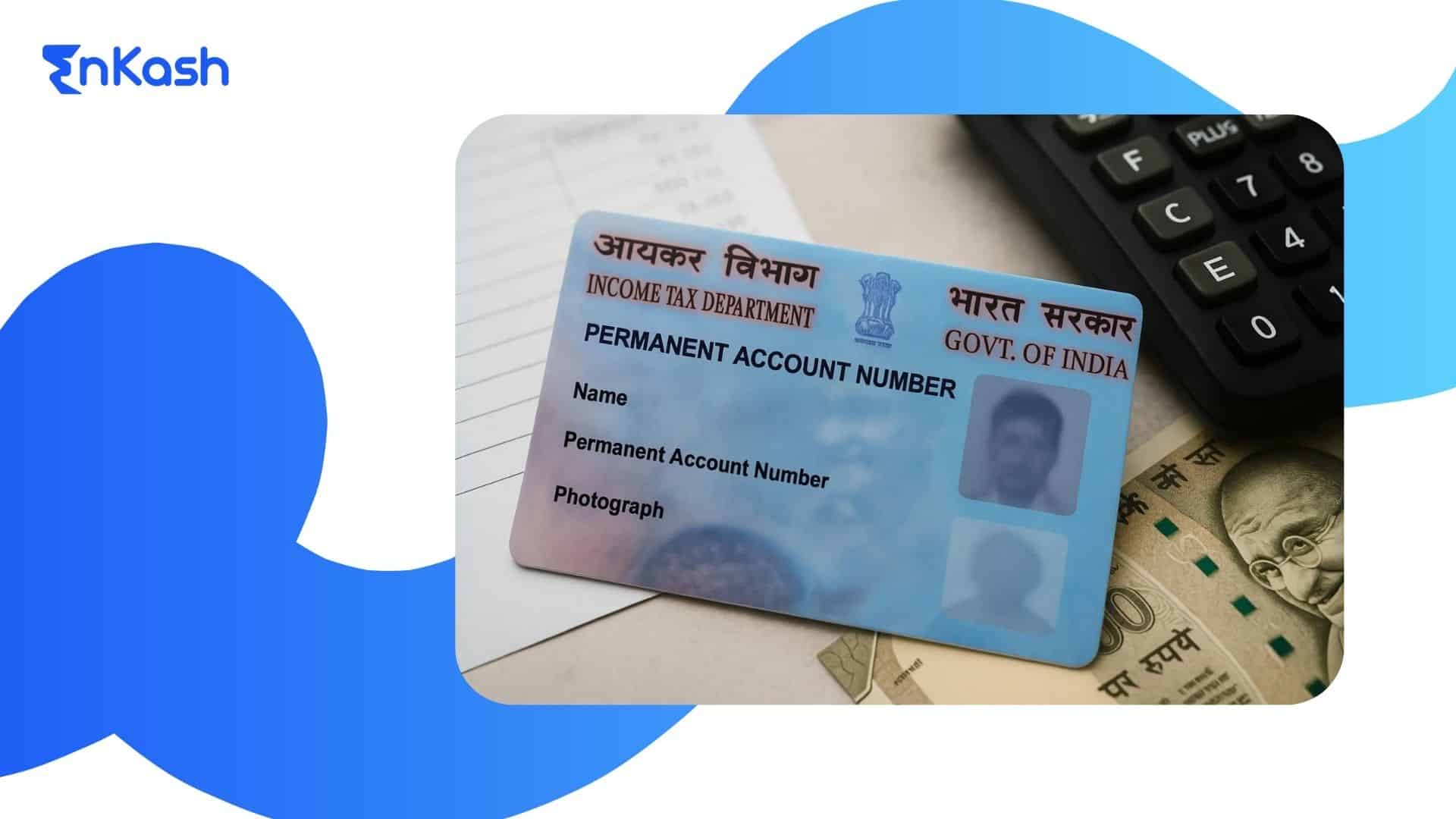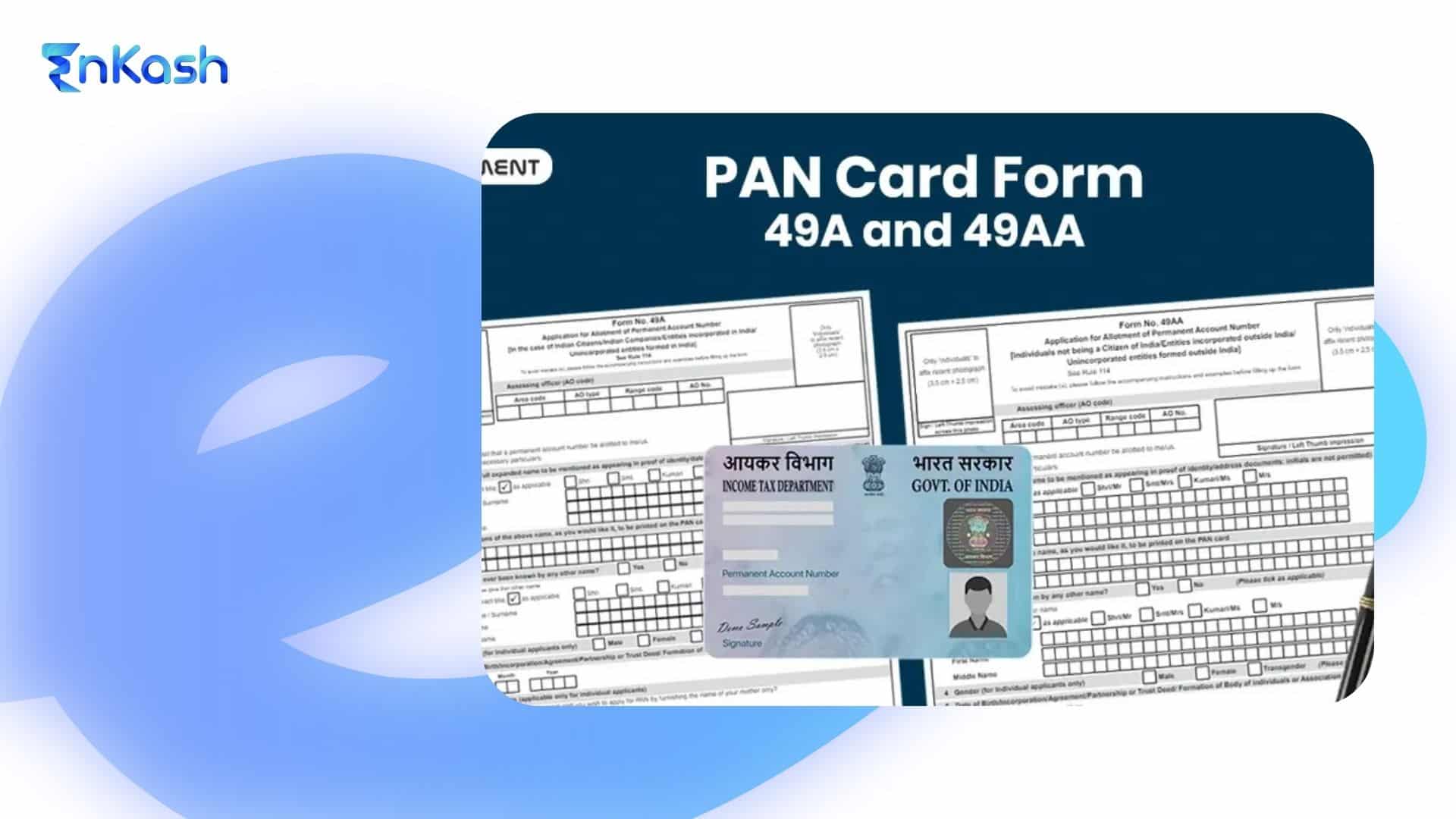Introduction
In any business, it’s often the small expenses that cause the biggest tracking headaches. A quick courier payment, last-minute stationery, or snacks for a client meeting, these costs may be minor, but without a proper system, they can pile up and slip through unnoticed.
Imprest cash is a fix. It’s a fixed amount set aside to cover such everyday expenses, kept small enough to avoid locking up funds but big enough to handle routine needs without dipping into the main bank account each time. In accounting, it’s commonly referred to as petty cash under the imprest system: spend from it, then replenish it to the original amount at regular intervals.
For many Indian MSMEs, this method has stood the test of time. It keeps records clear, prevents cash leaks, and makes managing petty expenses effortless.
Imprest Cash: Meaning, Amount & How the System Works
Imprest means ‘a fixed advance’ – money given for a specific purpose, with the expectation that it will be accounted for and, if necessary, replenished. In everyday business, it’s like giving someone a set amount from which they can spend as needed, but they must later provide proof of where every rupee went.
What is Imprest Cash?
Imprest cash refers to the actual money kept aside under this system. The fixed sum is the imprest amount.
For example, a small manufacturing unit might decide to keep ₹5,000 in a petty cash drawer for daily operational expenses. That ₹5,000 is the imprest amount. Every small payment, whether for courier charges, minor repairs, or stationery, comes out of it.
What is the Imprest System?
The imprest system is the method used to manage and control petty cash. It’s a cash management method where a fixed sum is kept for minor expenses and replenished back to its original level at regular intervals, after verifying all expenses with receipts or vouchers.
This creates a closed loop: money is only added to restore the balance, not to increase it without reason.
How Does Imprest Work?
Here’s how the imprest system usually operates in practice for Indian MSMEs:
- Decide the imprest amount, for example, ₹5,000.
- Assign a custodian, often the accountant or admin staff, who will handle payments.
- Record every expense in a petty cash book or Excel sheet, with supporting bills.
- Review and replenish at the end of the month (or set period), expenses are checked, and the amount spent is reimbursed to bring the cash back to the original ₹5,000.
Because every rupee is accounted for before replenishment, it reduces the risk of misuse and helps keep petty expenses transparent.
Types of Imprest Systems
While the basic idea of the imprest system stays the same, there are two main ways to run it, and each suits a different kind of business setup.
Fixed Imprest System
This is the most common version you’ll see in Indian businesses.
- You set a fixed imprest amount (say ₹5,000).
- At the end of a period, you top it back up to the same amount, no matter how much was spent.
- For example, if ₹3,200 was used during the month, you give ₹3,200 to bring it back to ₹5,000.
Where it works well:
Shops, offices, or workshops where small expenses are predictable, like stationery, courier charges, or tea/coffee supplies.
Variable Imprest System
This is less common but can be useful for irregular spending patterns.
- The imprest amount changes depending on expected expenses for the upcoming period.
- For example, during festival season, a retail store might increase petty cash for extra packaging materials.
Where it works well:
Businesses with seasonal or project-based expenses where the same fixed amount might not be practical every time.
The fixed system is easier to track and control, while the variable system gives more flexibility, but also needs closer monitoring.
Imprest System of Petty Cash Book Management
The imprest system of the petty cash book is the record-keeping side of the imprest method. While the imprest amount itself is a fixed sum, the petty cash book is where every single transaction from that fund is written down.
Most businesses in India keep this book in a simple format with four key columns:
- Date – when the expense happened.
- Particulars/Description – what the expense was for.
- Amount – how much was spent.
- Balance – how much petty cash is left after the transaction.
Some offices maintain this in a bound notebook, while others prefer an Excel sheet or accounting software with a petty cash module. The format isn’t as important as the discipline of recording transactions promptly and keeping all supporting bills or receipts.
Example:
Date |
Particulars |
Amount (₹) |
Balance (₹) |
|---|---|---|---|
1 Aug 2025 |
Courier charges |
150 |
4,850 |
3 Aug 2025 |
Tea & snacks for the meeting |
300 |
4,550 |
5 Aug 2025 |
Photocopying documents |
50 |
4,500 |
The closing balance at the end of the period should match the physical cash in hand. When it doesn’t, it’s a red flag that needs immediate checking.
In smaller Indian businesses, the petty cash book often doubles as a basic control tool against leakage. If entries are missing or receipts aren’t available, the custodian is expected to explain the discrepancy before funds are replenished.
What is an Imprest Account & Its Purpose
An imprest account is a dedicated ledger account in the books, used to track petty cash under the imprest system. Some small businesses may maintain it in simplified formats like spreadsheets, but formally it is a ledger account.
It shows:
- The opening imprest amount at the start of the period.
- Every expense is paid from that amount.
- The replenishment entries that restore it to its fixed level.
In accounting software, this may appear as a “Petty Cash” account but functions exactly like an imprest account, following the same rules of fixed float and periodic replenishment.
Purpose of Imprest Account
The purpose of an imprest account is to bring structure and accountability to petty cash handling. Without a dedicated account, small expenses can easily get lost in the shuffle or be recorded under vague “miscellaneous” heads.
For Indian SMEs, the main purposes include:
- Expense tracking – Keeping a clear record of how the petty cash was used.
- Budget control – Ensuring petty cash doesn’t grow beyond the set imprest amount.
- Fraud prevention – Making it harder for funds to be misused, since replenishment only happens against documented expenses.
- Simplified reconciliation – The balance in the imprest account should always match the physical cash plus the total of unreimbursed receipts.
Example:
A trading firm keeps ₹3,000 as petty cash. In the books, “Petty Cash – Imprest Account” shows ₹3,000 as the opening balance. As expenses are made, entries reduce the balance, and at month-end, a single journal entry tops it back up to ₹3,000. This simple mechanism saves time for the main accountant and gives management a clear petty cash report at the end of each period.
Advantages & Disadvantages of Imprest System
Advantages of the Imprest System
The advantages of the imprest system go beyond just convenience; it’s a simple, built-in control tool that suits the realities of many Indian MSMEs.
- Better control over petty cash
Since the imprest amount is fixed, expenses stay within budget. This prevents small costs from snowballing into a large, unmonitored drain. - Accountability and transparency
The custodian must account for every rupee spent before replenishment. This makes misuse harder and improves trust in cash handling. - Simple to manage
The system doesn’t require advanced accounting knowledge. A petty cash book or a basic Excel sheet is enough to keep it running smoothly. - Easy reconciliation
At any point, physical cash + receipts should equal the imprest amount. This makes end-of-month checks straightforward. - Supports quick payments
There are no delays for minor purchases. For instance, a small manufacturer in Ludhiana can pay a welder for urgent repair work immediately without waiting for bank approvals.
Disadvantages of the Imprest System
While useful, the imprest method isn’t perfect. The disadvantages of an imprest system usually show up in larger or fast-moving businesses.
- Lacks flexibility
The fixed amount can be too small during peak activity periods, leading to repeated replenishment requests. - Paperwork requirement
Each expense requires a receipt or voucher, which can feel tedious for small-value purchases like bus fares or snacks. - Risk if the custodian is careless
If the person managing petty cash is disorganised, reconciliation can become messy, defeating the purpose of the system. - Not ideal for high-cash businesses
For companies that need to handle large amounts of on-the-spot cash payments daily (e.g., certain retail or logistics operations), the imprest system may slow things down due to constant top-ups.
Best Practices for Managing Imprest Cash
Managing imprest cash is more than just keeping some money aside for small expenses. If it’s handled properly, it runs smoothly and avoids confusion or shortages. A few simple habits can make a big difference.
Best Practice |
Why is it important? |
Example in an Indian SME |
|---|---|---|
Set the right imprest amount |
Too high means idle cash; too low means constant replenishment. |
A stationery wholesaler fixes ₹3,000 as petty cash after reviewing three months of expenses. |
Appoint a responsible custodian |
One person should handle all petty cash to ensure accountability. |
In a 15-person IT firm, the office admin manages all petty cash transactions. |
Record every expense immediately |
Delayed entries lead to missing details and reconciliation issues. |
A café keeps a petty cash notebook next to the register for on-the-spot recording. |
Keep receipts and vouchers organised |
Supports transparency and speeds up replenishment approvals. |
A garment exporter uses labelled envelopes to store receipts for each week. |
Review regularly |
Regular checks catch mistakes or shortages early. |
An NGO reconciles petty cash every Friday instead of waiting until the month-end. |
Use simple digital tools when possible |
Apps or spreadsheets reduce calculation errors. |
A co-working space maintains a petty cash sheet in Google Sheets shared with the accountant. |
Train staff on petty cash rules |
Reduces misuse and helps everyone understand what counts as an allowable petty expense. |
A travel agency has a quick 10-minute onboarding session for new hires on petty cash use. |
Imprest vs Other Petty Cash Methods
Businesses don’t all manage petty cash the same way. The imprest system is one method, but there are others too. Here’s how they compare:
Method |
How It Works |
Pros |
Cons |
|---|---|---|---|
Imprest System |
A fixed amount is kept. It’s topped up back to the same level at the end of a set period after recording all expenses. |
Clear tracking reduces misuse, easier to audit. |
Needs discipline in recording; refill cycles must be followed. |
Non-Imprest / Open System |
Cash is taken out as needed and topped up whenever it runs low, without a fixed amount. |
Flexible, less strict rules. |
Harder to track, more chance of missing receipts or overspending. |
Voucher System |
No cash is kept. Payments are made directly through vouchers and then reimbursed later. |
Very secure, no idle cash lying around. |
Not practical for urgent, small expenses. |
Advance System |
A set amount is given to an employee in advance, and they return unused cash with receipts later. |
Useful for specific tasks or trips. |
Can delay daily expense handling if the advance runs out. |
The imprest system is the most organised for daily petty expenses. The others may work in special situations, but usually mean more work in tracking and balancing
Conclusion
Small daily expenses can get messy fast. You buy office supplies, pay for repairs, grab tea – then wonder where all the money went. The imprest cash system fixes this. Set aside a fixed amount, say ₹5,000.
When someone spends from it, write it down. When it runs low, top it back up to ₹5,000. This keeps you disciplined. There’s only so much money available, so people think before spending. Everything gets recorded, so you know exactly where each rupee went.
For Indian small businesses, this works well. Many vendors still prefer cash, and you need money ready for quick purchases or emergency repairs. This system gives you that convenience while keeping control. Track expenses in a notebook or simple Excel sheet – whatever works for you. The key is writing everything down.
Your team becomes more careful with spending when they know it’s being recorded. Monthly accounting becomes easier because you have clear records. Audits are less stressful. It’s just a simple habit that keeps your small expenses organized. Nothing fancy, just good discipline that saves headaches later.
FAQs
1. What is imprest cash?
Imprest cash is a fixed amount of money kept aside to cover small, routine expenses. Once it’s used, the amount spent is reimbursed so that the fund goes back to its original level.
2. What is the imprest system?
The imprest system is a way of managing petty cash where you start with a set amount, record every expense, and then top it up to the same amount regularly, usually at the end of the month.
3. What is the imprest amount?
The imprest amount is simply the fixed sum you set aside in the petty cash fund. For example, if your imprest amount is ₹5,000, you always keep it at ₹5,000 after replenishment.
4. How does Imprest work?
It works by keeping a fixed fund, spending only from it, and recording all expenses with proper receipts. At the end of the period, you reimburse the total spent, so the fund is ready for the next period.
5. What is imprest money in simple terms?
It’s just money kept ready in the office to pay for small, immediate expenses, without going through the full payment approval process every time.
6. What is an imprest account?
An imprest account is the record or ledger used to track imprest cash transactions. It shows the opening balance, expenses made, and the replenishment amount.
7. What is the purpose of an imprest account?
Its main purpose is to keep petty cash organised, make expense tracking easy, and prevent overspending or misuse.
8. What are the advantages of the imprest system?
It offers better control over petty cash, reduces errors, and ensures transparency in small cash transactions.
9. What are the disadvantages of the imprest account?
It requires regular monitoring and paperwork, and may not be ideal for businesses with unpredictable petty cash needs.
10. Is the imprest system still relevant today?
Yes. Even with digital payments becoming common, many small expenses are still handled in cash, especially in Indian SMEs making the imprest system a practical choice.
11. How do I decide the imprest amount for my business?
Look at your average petty cash expenses over the past few months and set an amount that comfortably covers them, without keeping excess cash idle.
12. Who should handle the imprest cash in a small business?
Ideally, assign one trusted employee as the petty cashier. This person should be responsible for all payments, keeping receipts, and maintaining the petty cash book.
13. Can I use the imprest system with digital payments?
Yes. You can adapt it by tracking small digital payments in the same way as cash expenses, keeping the total fund amount consistent.












